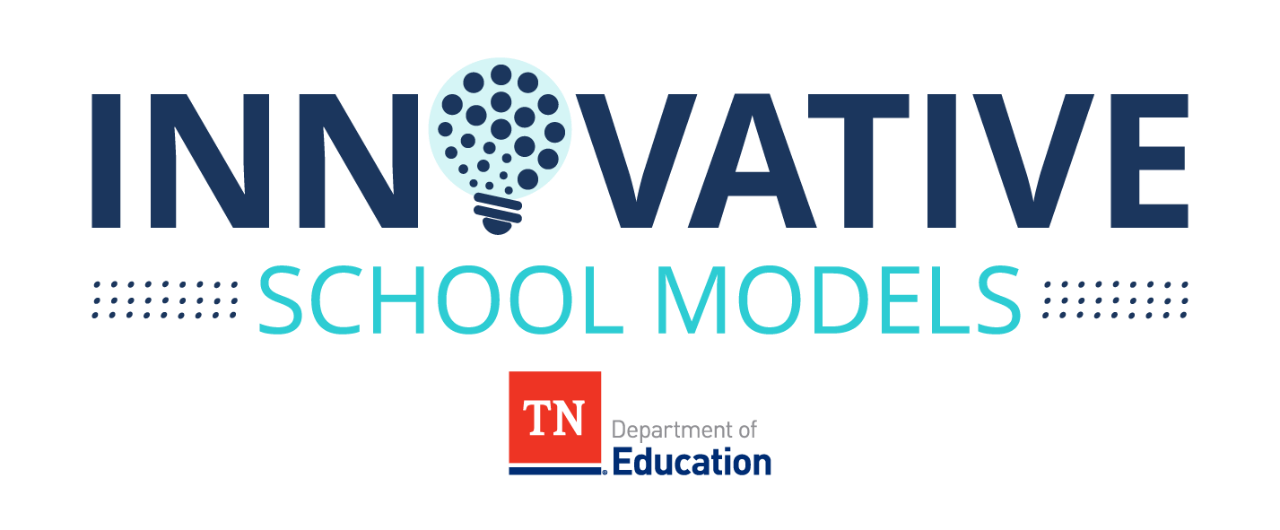Innovative School Models
Tennessee’s thriving business community relies on us developing a strong workforce—and that work starts in education. Innovative preparations to ensure students are ready for the jobs of today and tomorrow may look entirely different than a traditional classroom or school experience. Innovative School Models can provide invaluable learning experiences that prepare students for success after graduation.

Governor Bill Lee and the Tennessee General Assembly made an historic investment of $500 million to bring Innovative School Models to every public high school and middle school in the state. By expanding Tennessee’s Innovative School Models aimed at building readiness and preparing students for success after high school, more students have opportunities to participate in innovative local programs aligned to Tennessee’s highest-demand skills and careers.
Innovative School Models (ISM) in Tennessee align learning opportunities for students in middle and high school with experiences to foster a culture of college and career awareness and readiness. ISMs empower schools to reimagine time, space, partnerships, and modes of learning to eliminate the structural barriers that exist between K-12, postsecondary, and workforce systems. By reimagining the traditional high school and middle school environments, ISMs achieve exceptional student outcomes by:
- providing high-quality, career-oriented instruction that increases student access to postsecondary credit-bearing courses, work-based learning (WBL), industry credentials, and certification programs; and
- providing meaningful, individualized career navigation and advising through mentorships, job shadowing, advising structures, and resources that support students in exploring careers aligned with their interests and aptitudes and selecting educational paths aligned to their chosen career.
In May 2021, the department awarded 21 school districts the initial Innovative High School Model grants, which included an initial investment of $30 million to foster local community partnerships that boost student readiness.
In the first two years, the ISM initiative has supported over 32,000 students across 839 schools across the state.
Resources
- TDOE Announces 21 School Districts Win Grants For Innovative High School Models (5/17/21)
- TDOE Releases Intent to Apply for Innovative School Models Grant (7/7/22)
- TDOE Highlights Exemplary Innovative School Models in Tennessee (7/20/22)
- TDOE Opens Applications for Innovative School Models Grant (8/4/22)